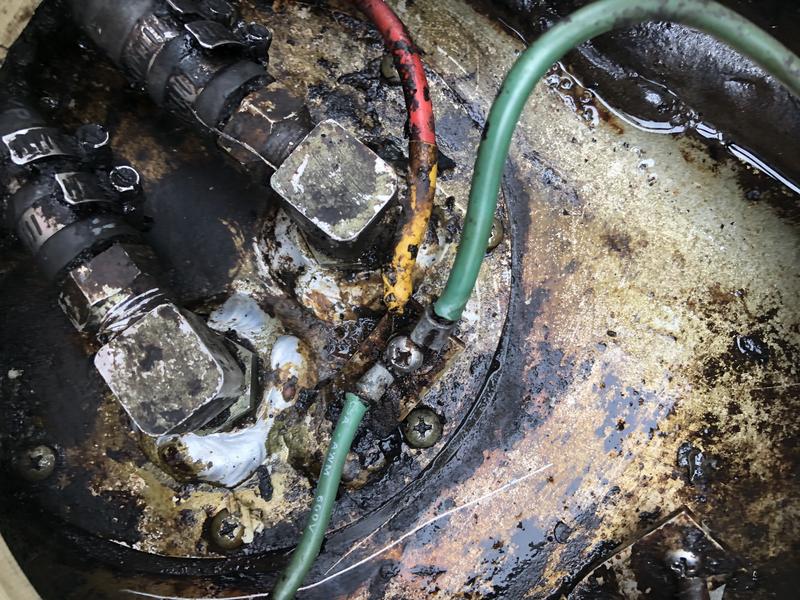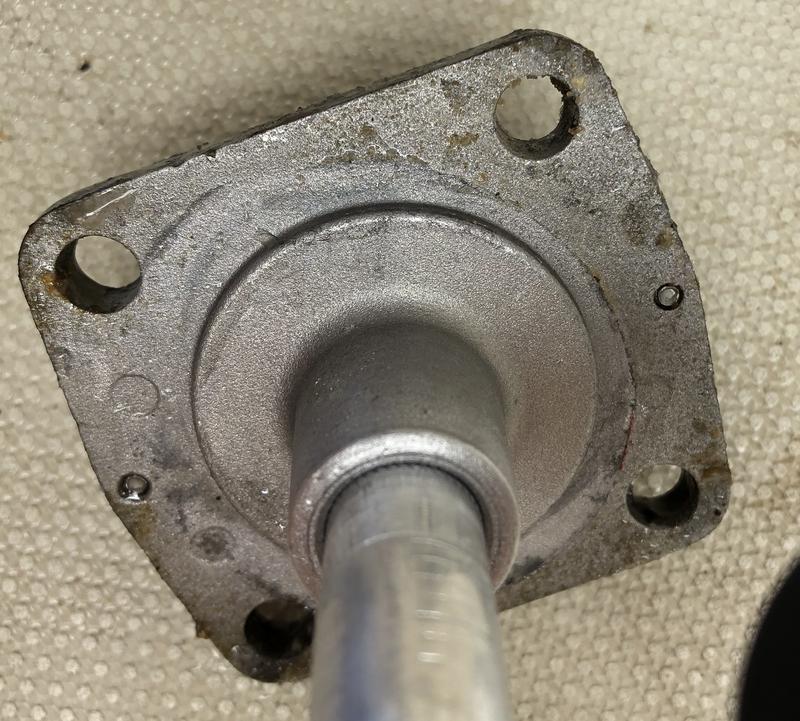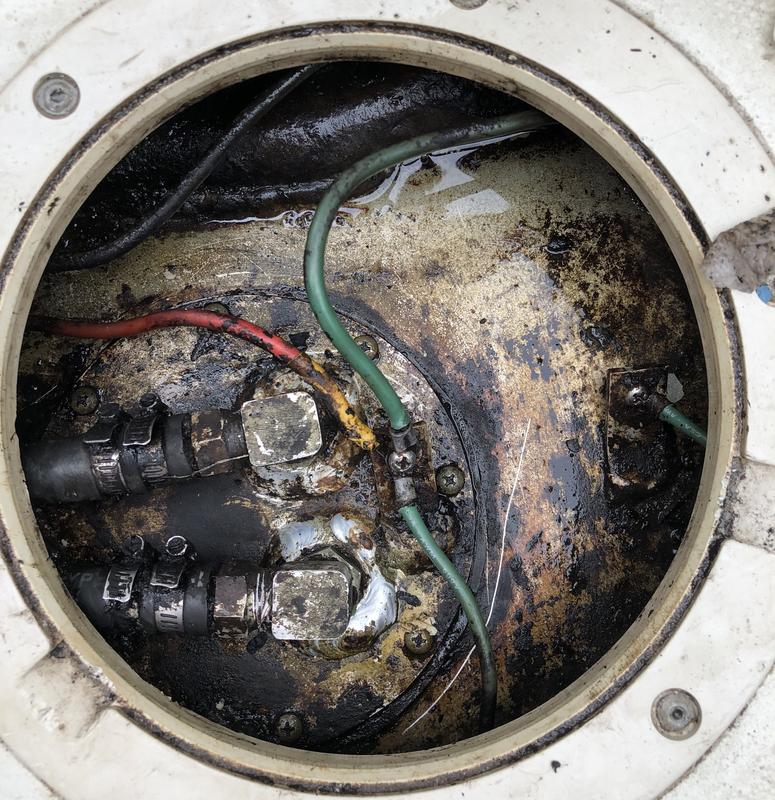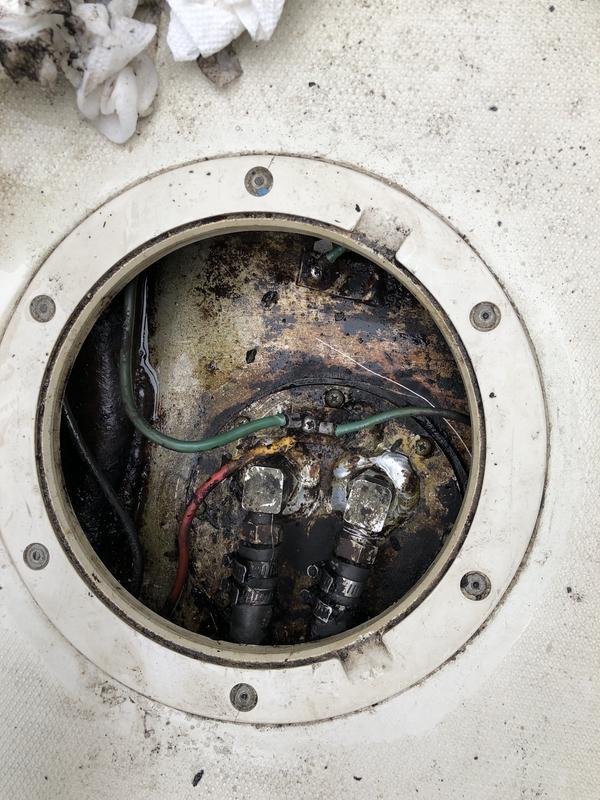BACKSTORY: I picked up a 1986 Outrage in 2019 Spring. It came with a 1998 Yamaha 200-HP carburetor engine. We put on about 20-hours this summer with zero hiccups. The engine ran flawlessly across all RPM ranges.
When I first got the boat the fuel sending unit was missing; I replaced it. I can't remember if [the replacement fuel sending unit] came with a gasket--I believe it did. I will double check that on August 29, 2019.
In early August 2019 I made my way out to the mooring and found about 4-inches of water on the deck, all towards the stern. [The cause of having so much water collected was because] the power to the sump pump became disconnected. I [reconnected power to the pump]. I pumped out the water that was sitting on top of the fuel tank. With the water removed, I fired up the boat and cruised for about five minutes before [the 1998 Yamaha 200-HP engine] sputtered, sneezed and died. I assumed there was water playing a roll since everything had gone well all summer up until I found the sump pump not pumping.
The last time I used the boat before that incident the fuel tank was at 7/8-FULL. We never once caught any fuel odors all summer or any time I opened the inspection port. There was almost always condensation on the clear inspection port that would go away as we cruised along.
I feel like water somehow got in on top either by the [fuel tank level] gauge or the fuel [tank] pickups in the stern. I guess [the fuel tank] could have pin holes all over the place. Really anything is possible.
I just pulled the boat out yesterday. Below are photos of samples of what I pumped out from the [fuel hose primer] bulb [as compared to] fresh gasoline:
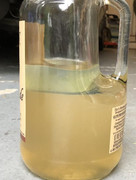

Q1: What do the experts think I should do to properly diagnose [how the fuel became contaminated with water]?
Q2: Should I drain the fuel tank of all gasoline and pressure test the tank?
I don't mind just doing the work to replace the tank in the spring, but if it can be avoided, that would be ideal.
